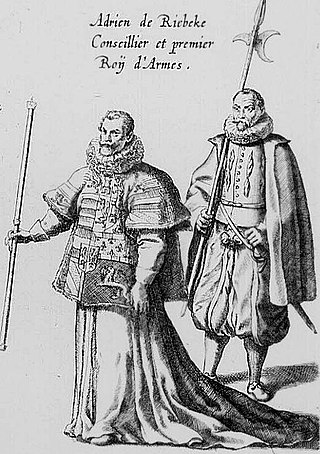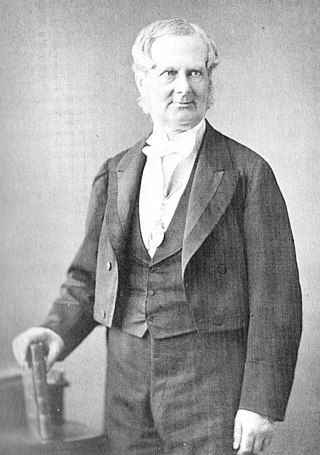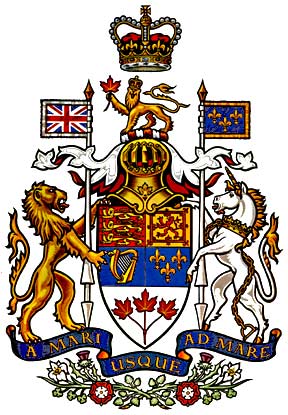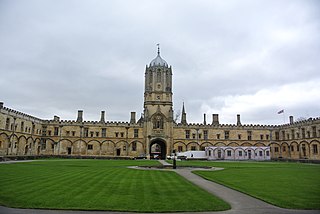Publications
The Armorial Register Limited's main publication is the Armorial Register - International Register of Arms. [8] [9] [10] This work was originally titled Burke's Peerage & Gentry International Register of Arms when the publishing rights were held under license by Burke's Peerage until 2011. At this point, the license was terminated and the publication was rebranded under its current name.
The publication functions as a roll of arms, allowing individuals from around the world to record legitimately granted, inherited or assumed coats of arms. However, as a private venture, it holds no official heraldic authority or powers of judgment over genealogical matters.
The contents of the publication are periodically compiled and edited into bound volume book formats. Thus far, three such volumes of the book have been released since the founding of the publisher in 2006. [11]

The Right Honourable the Lord Lyon King of Arms, the head of Lyon Court, is the most junior of the Great Officers of State in Scotland and is the Scottish official with responsibility for regulating heraldry in that country, issuing new grants of arms, and serving as the judge of the Court of the Lord Lyon, the oldest heraldic court in the world that is still in daily operation.

An officer of arms is a person appointed by a sovereign or state with authority to perform one or more of the following functions:

King of arms is the senior rank of an officer of arms. In many heraldic traditions, only a king of arms has the authority to grant armorial bearings and sometimes certify genealogies and noble titles. In other traditions, the power has been delegated to other officers of similar rank.

Sir John Bernard Burke, was a British genealogist and Ulster King of Arms, who helped publish Burke's Peerage.
The Scottish Noblesse is a class of aristocracy in Scotland, including both those with peerage titles as well as those without. The concept of this distinct Scottish noble class was prominently advocated for by Sir Thomas Innes of Learney during his tenure as Carrick Pursuivant of Arms and later Lord Lyon King of Arms.

The Canadian Heraldic Authority is part of the Canadian honours system under the Canadian monarch, whose authority is exercised by the Governor General of Canada. The authority is responsible for the creation and granting of new coats of arms, flags, and badges for Canadian citizens, government agencies, municipal, civic and other corporate bodies. The authority also registers existing armorial bearings granted by other recognized heraldic authorities, approves military badges, flags, and other insignia of the Canadian Forces, and provides information on heraldic practices. It is well known for its innovative designs, many incorporating First Nations symbolism.
The law of heraldic arms, sometimes simply laws of heraldry governs the possession, use or display of arms, called bearing of arms. That use includes the coats of arms, coat armour or armorial bearings. Originally with the sole function of enabling knights to identify each other on the battlefield, they soon acquired wider, more decorative uses. Today they are used by countries, public and private institutions or individuals. The first laws regarding arms were written by Bartolus de Saxoferrato and the officials who administer these matters today are called pursuivants, heralds, or kings of arms. The law of arms is part of the law in countries which regulate heraldry, although not part of common law in England and in countries whose laws derive from English law. In most European countries without monarchies, much like in the United States, there are no laws against assuming arms, with the closest legal authenticity mechanism being a pictorial copyright protection.

Heraldry in Scotland, while broadly similar to that practised in England and elsewhere in western Europe, has its own distinctive features. Its heraldic executive is separate from that of the rest of the United Kingdom.

The cross moline is a Christian cross, constituting a kind of heraldic cross.
John Burke was an Irish genealogist, and the original publisher of Burke's Peerage. He was the father of Sir Bernard Burke, a British officer of arms and genealogist.

Canadian heraldry is the cultural tradition and style of coats of arms and other heraldic achievements in both modern and historic Canada. It includes national, provincial, and civic arms, noble and personal arms, ecclesiastical heraldry, heraldic displays as corporate logos, and Canadian blazonry.

Carter-Campbell of Possil is a branch of Clan Campbell, a Scottish clan. The Campbells of Possil were originally located in Argyll; and the Carters were an Irish family: the Carter-Campbell name was first used in 1864, following marriage.

Michael Burke, 10th Earl of Clanricarde PC (Ire.), styled Lord Dunkellin until 1722, was an Irish peer who was Governor of Galway (1712–14) and a Privy Counsellor in Ireland (1726).

The Court of the Lord Lyon, or Lyon Court, is a standing court of law, based in New Register House in Edinburgh, which regulates heraldry in Scotland. The Lyon Court maintains the register of grants of arms, known as the Public Register of All Arms and Bearings in Scotland, as well as records of genealogies.
Most prime ministers of the United Kingdom have enjoyed the right to display coats of arms and to this day, prime ministers have their ancestral arms approved, or new armorial bearings granted, either by the College of Arms or the Lyon Court.

The armorial of British universities is the collection of coats of arms of universities in the United Kingdom. Modern arms of universities began appearing in England around the middle of the 15th century, with Oxford's being possibly the oldest university arms in the world, being adopted around the end of the 14th century. The earliest granting of university arms was to King's College Cambridge by Henry VI in 1449. Arms are granted by the College of Arms and Lyon Court. It has been suggested that new universities register arms in an attempt to appear more traditional or legitimate. As corporations, older university arms have historically been granted without a crest, however newer institutions use crests with mantling, including new colleges at older universities. The first crest granted to a university was to Leeds in 1905 while the first British university to be granted supporters was Sussex in 1962, although both Oxford and Cambridge have used angels as supporters and Cambridge has used the 'alma mater' emblem as a crest without these components being officially granted.

The Seigneur of Augrès is a noble title in Jersey, which still follows the Norman system. They traditionally lived in Les Augrès Manor, which was actually in the fief of Diélament and not Augrès.

The following is an armorial of the individuals, who have served as governor-general of New Zealand.

The following is an armorial of the thirty individuals, who have served as governor general of Canada since Confederation.
The following is an armorial of the individuals who have served as governor-general of the Commonwealth of Australia.















